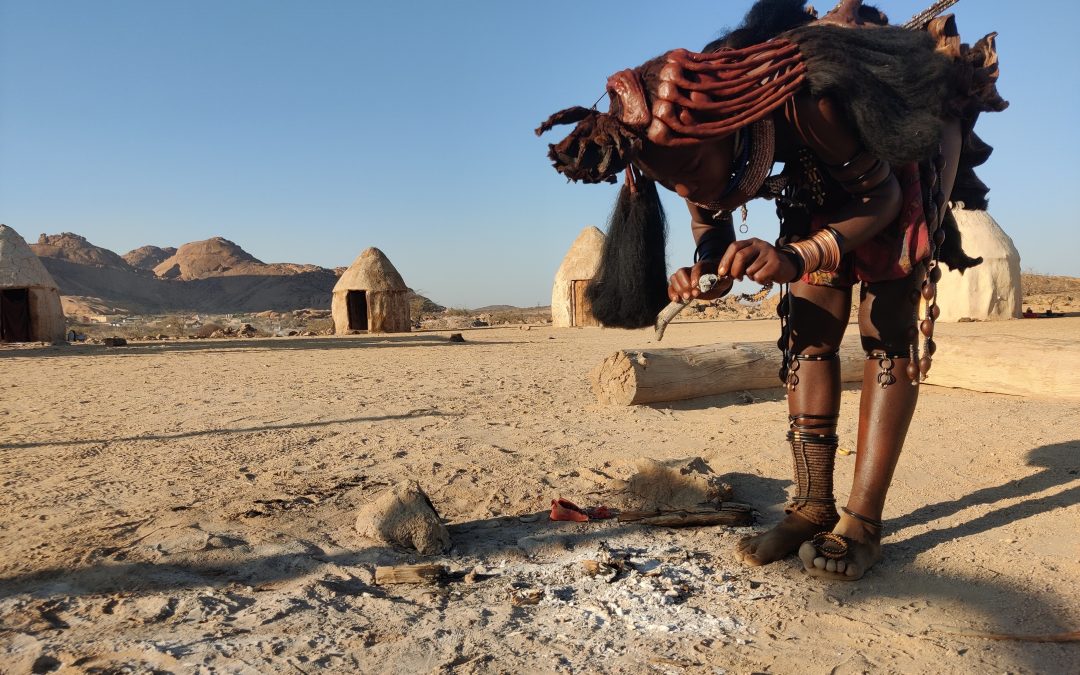✨Traveling through Namibia isn’t just about stunning landscapes, epic safaris, and breathtaking dunes — it’s also a chance to meet and learn from some of the world’s most unique cultures. Among these, the Himba people stand out, with their striking ochre-covered skin, intricate hairstyles, and resilient way of life in one of the most arid environments on the planet. Visiting the Himba is an experience that leaves a lasting impression, but it’s essential to approach it with respect, curiosity, and an open mind. Let’s explore what makes this cultural encounter so special and how to engage meaningfully with the Himba community. 🤝
Who Are the Himba? A Glimpse Into Tradition and Resilience 🏜️
The Himba people are semi-nomadic pastoralists primarily residing in Kaokoland in northern Namibia, a region marked by dry riverbeds, towering mountains, and expansive plains. Numbering around 50,000, the Himba have preserved their centuries-old customs, language, and traditions despite modern influences.
One of the most striking aspects of Himba culture is their use of otjize — a mixture of butterfat and red ochre pigment that women apply to their skin and hair. This practice not only gives their bodies a distinctive reddish hue but also protects them from the harsh sun and insect bites. It’s a symbol of beauty, culture, and identity, passed down through generations 🌅.
The Himba live in traditional homesteads composed of small, conical huts made from mud and cow dung, arranged in a circular fashion around a sacred ancestral fire. Family, cattle, and a deep connection to their ancestors are at the heart of their way of life, which is reflected in everything they do.
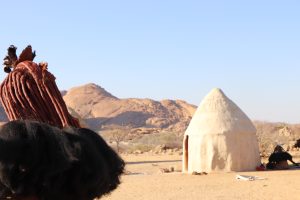
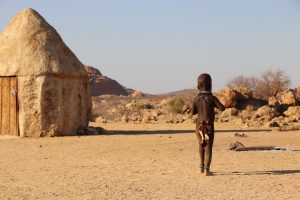
Connecting With the Himba: Do’s and Don’ts of a Respectful Visit 🤝
Visiting the Himba can be a life-changing experience if approached thoughtfully. Here are some important things to keep in mind when interacting with the community:
- Go With a Knowledgeable Guide: Traveling with a local guide who has strong relationships with Himba communities is key. Not only will this enhance your understanding, but it ensures that your visit is welcomed, respectful, and mutually beneficial.
- Respect Their Privacy and Traditions: While you may be fascinated by the Himba way of life, remember that they are not tourist attractions. Approach with humility and respect. Always ask for permission before taking photographs 📸. The Himba may agree, but only if done politely and with genuine interest.
- Be Mindful of Cultural Etiquette: The Himba have customs and social norms that may differ from what you’re used to. For example, physical greetings and gestures may vary, so let your guide help you navigate appropriate interactions.
-
Support the Community Directly: When buying crafts, such as handcrafted jewelry or woven goods, ensure your purchases directly support the Himba artisans. This helps sustain their way of life while providing economic opportunities 💍.
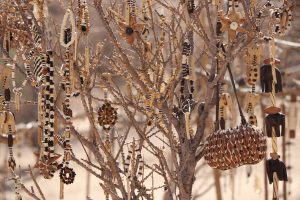
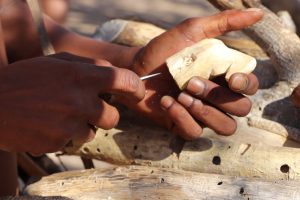
The Beauty of Himba Adornment: Hair, Jewelry, and Symbols of Identity 🌟🤝
Himba women are known for their elaborate hairstyles and adornments, which carry deep cultural and social significance. Young girls often have braided hair that reflects their stage of life, while married women wear erembe, leather headdresses. Each style tells a story, from marital status to age and family roles.
Similarly, the jewelry worn by both men and women — crafted from iron, copper, and beads —symbolizes status and tradition. The Himba’s unique adornments are more than just beautiful — they’re a language of identity, passed down through the generations.
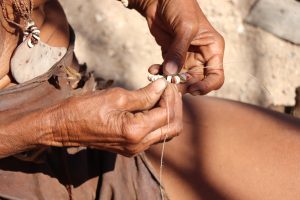
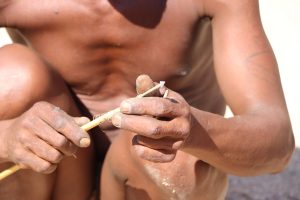
A Peek Into Daily Life: Pastoralists and Adaptation to Harsh Conditions 🐄☀️
At the heart of Himba society are their cattle. Cows and goats serve not only as a source of sustenance but as a measure of wealth and social status. The Himba’s connection to their livestock goes beyond economics — it’s a deep, spiritual bond. Milking, tending, and protecting their herds are daily rituals, and every aspect of life revolves around the rhythms of pastoral life.
Himba women manage much of the daily work, including cooking, caring for children, and maintaining the household. Men often tend to cattle and may lead semi-nomadic lives, seeking new grazing areas in harsh, arid conditions. The resilience and resourcefulness required to live in this environment are truly awe-inspiring. 🐄🌿
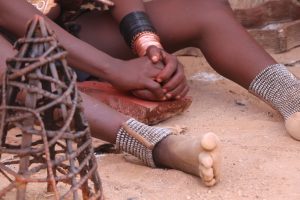
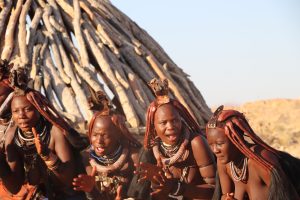
Cultural Beliefs: Ancestral Fires and Sacred Traditions 🔥
Central to Himba spirituality is the Okuruwo, or sacred fire, which serves as a connection to the ancestors. The fire is kept burning continuously and is a focal point for rituals and prayers. It symbolizes the link between the living and those who have passed, as well as the community’s bond with their ancestors.
As you sit with the Himba, listening to their stories around the fire or observing rituals, you’ll get a glimpse of how the past continues to shape their present, a reminder of the resilience of their culture.
Challenges and Change: Preserving Tradition in a Modern World 🌍
Like many indigenous communities, the Himba face challenges as modernization encroaches on their way of life. Climate change, shifts in grazing patterns, and pressures to assimilate into modern society threaten their traditions. Yet, many Himba remain committed to preserving their culture while navigating a rapidly changing world.
When you visit, you become part of this story. Supporting ethical tourism, respecting their customs, and learning about their struggles and triumphs can help amplify their voices in a world that sometimes forgets them.
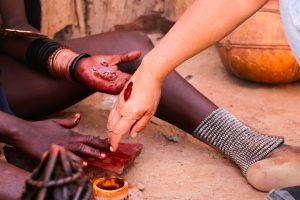

Final Thoughts: A Humbling, Enriching Experience 🧡
Visiting the Himba people isn’t just about snapping photos of red-ochre-covered women or admiring intricate hairstyles. It’s about connecting with a proud, resilient community with a rich history and an unbreakable spirit. It’s about listening, learning, and reflecting on what makes every culture unique — and how we can help preserve it.
So, if you have the chance to meet the Himba, do so with respect, curiosity, and an open heart. You’ll leave with more than just memories — you’ll leave with a deeper appreciation of Namibia’s incredible cultural diversity. 🌍✨

